3BSE032400R1 Remote channel controller
The ABB 3BSE032400R1 is commonly referred to as a Remote I/O Channel Controller from ABB. Such products are commonly used in industrial automation systems, especially in distributed I/O (input/output) architectures.
The main functions of the remote channel controller include:
Remote I/O connection: The remote channel controller allows I/O modules (such as digital input/output modules, analog input/output modules, etc.) to be placed away from the master controller and communicate with the master controller via a communication bus (such as PROFIBUS, EtherNet/IP, etc.). This helps to reduce the load on the host controller and improve the flexibility and scalability of the system.
Data acquisition and transmission: The remote channel controller is responsible for reading data from the connected I/O module and transmitting it to the host controller. At the same time, it can also receive the instructions sent by the main controller and pass them to the I/O module to control the action of the field equipment.
Diagnostics and Troubleshooting: Remote channel controllers often have diagnostic capabilities that detect the working status of connected I/O modules and report any possible failures. This helps reduce downtime and improve system reliability.
Configuration and programming: Remote channel controllers can be configured and programmed with specific software tools to meet different application needs. These tools typically provide user-friendly interfaces that allow engineers to easily set parameters, define communication protocols, and write control logic.
Remote channel controllers such as ABB 3BSE032400R1 play an important role in industrial automation systems, helping to improve system reliability, flexibility and scalability, resulting in higher productivity and lower maintenance costs for enterprises.
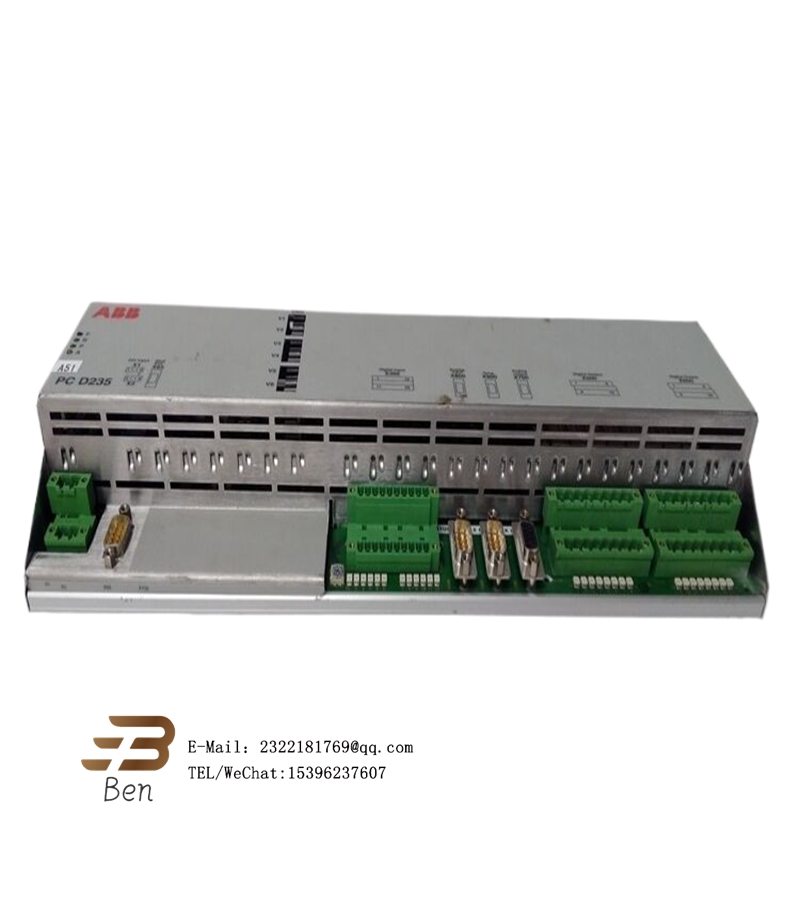
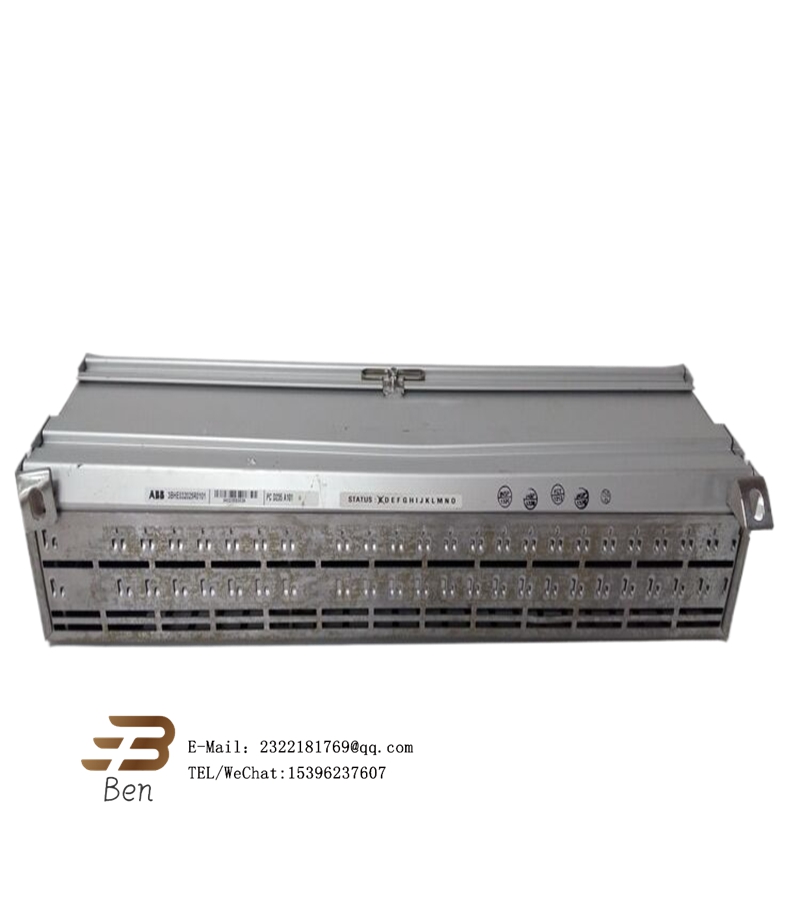
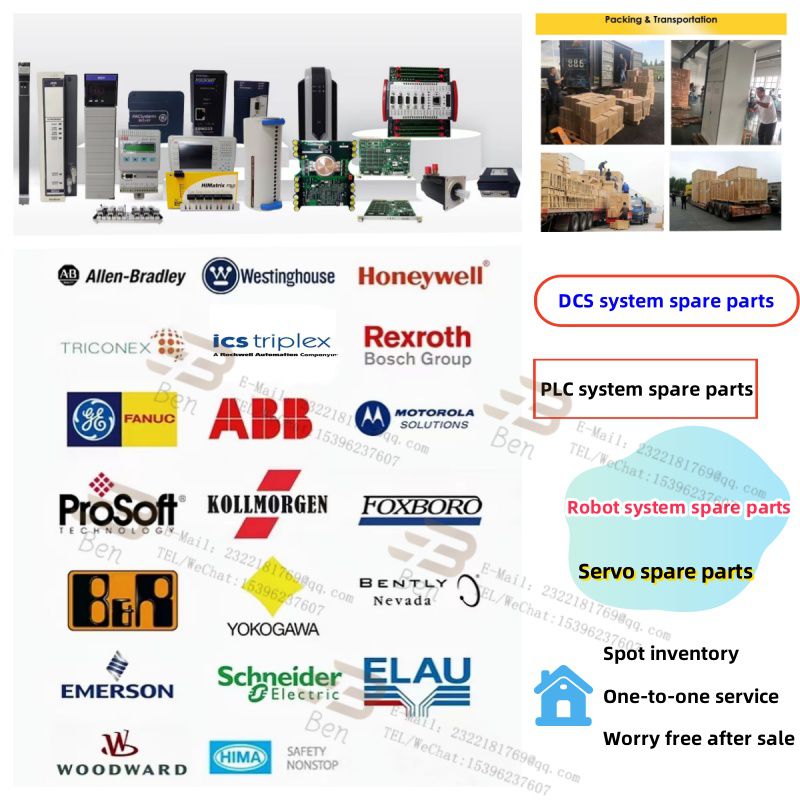
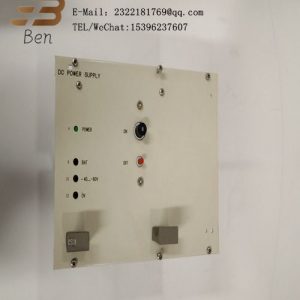
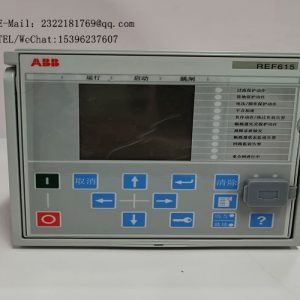
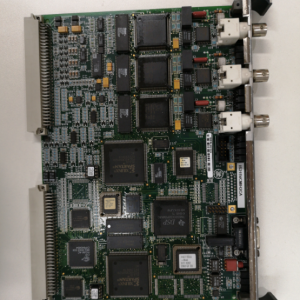
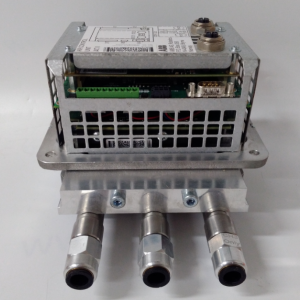

.png)
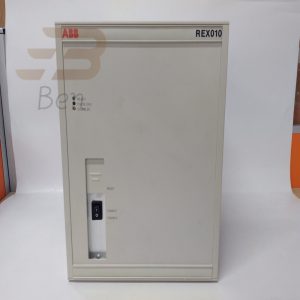
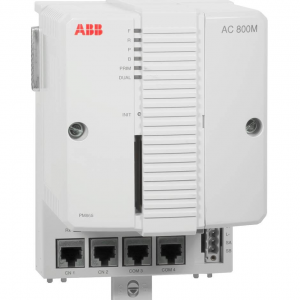
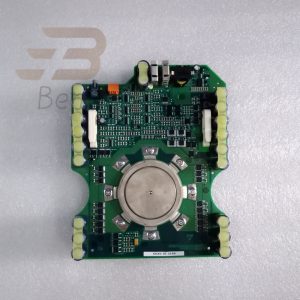
Reviews
There are no reviews yet.